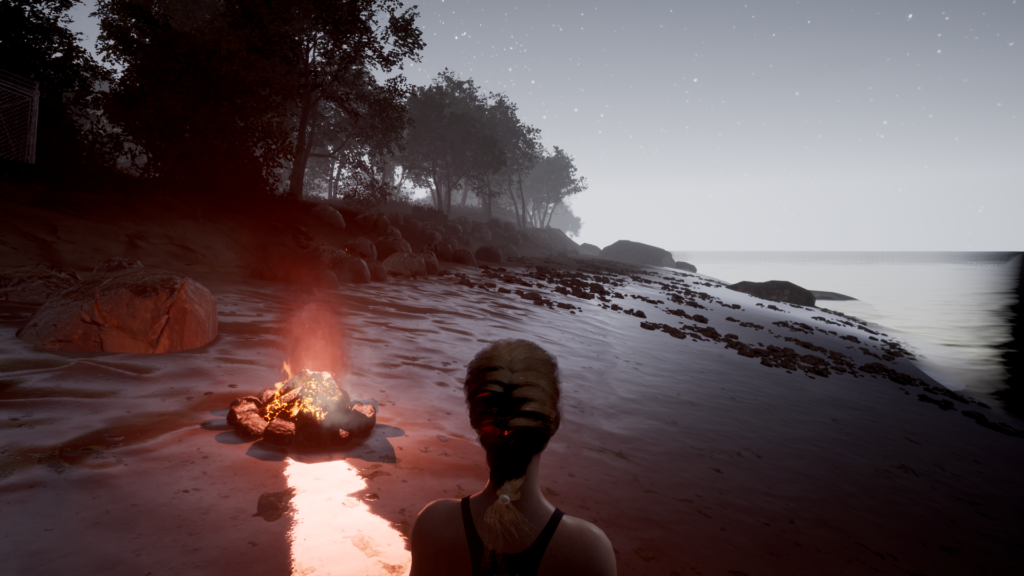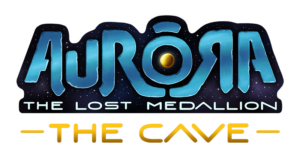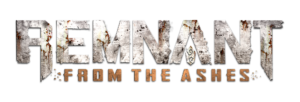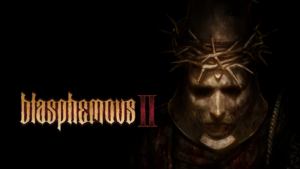“Jaws of Extinction” Exclusive Interview – Part 3
5 min read
Interview Part 1
Interview Part 2
Gameology: How did you come up with the name Jaws of Extinction?
Ryan: A friend of mine and I used to play other games together and we wanted to develop our own. Unfortunately, he had other obligations that had priority and later left the project, but in the beginning, we came up with the name “Breath of Extinction”. Now, he wanted to make a simple zombie shooter type of game and I jokingly (sort of) asked, “What, they’re going to be just running around breathing on you?” And really it didn’t seem that creepy or scary. So I asked myself, “What is it about zombies that is so terrifying?” and came to the conclusion that it’s the teeth, the biting and tearing and eating of you. So I thought about teeth…jaws…Jaws of Extinction. And it sort of fit into the whole “Humanity being stuck within the jaws of an extinction event,” so I went off on the internet and purchased the domain name “JawsofExtinction.com” and said, “There you go.”
Joe: It sounds much better than thinking you’re playing a halitosis-based zombie survival game.
Ryan: (laughing) Yeah, we initially had some folks asking if it had something to do with sharks. So, as kind of an easter egg, we put a boat at a dock named “Orca”, like from the original Jaws movie.
How long has Jaws of Extinction been in development?
Ryan: It’s going on 3 years now. In the beginning it was just me developing the game. Then Joe came on as a writer and Chris joined in as a 3D artist. James “Scrub” came on a little over a year ago as a second developer. We did have a third developer join but he had to move on due to financial needs, landing a good position with a AAA company.
What challenges did you need to overcome?
Ryan: Probably the hardest thing has been finding and enlisting talented folks who would be willing to commit to the project without really getting paid, but just for the passion for the project. We have gotten a little bit from our crowd funding campaigns and pre-orders, and I’ve been able to give the team at least something back. But in the end it’s the commitment from these guys and their patience and perseverance that has led us to where we are. And all these guys have been brilliant.
What was your most creative solution?
Scrub: In regard to game development, optimization is fundamental. Keeping your updates and features in line with making the game run smoothly as you add to the game. A technique we’ve been working on and continue to focus on is hierarchical LODs (Levels of Detail), which allow for this. As a player, you don’t really notice these things going on in the background, but if they aren’t running the player definitely will see a drastic decrease in performance. When we started, the game would continually crash and nothing would work correctly. We’ve begun to get a handle on them [LODs] and overall performance has been significantly increased and will continue to improve as we implement them more and more.
Joe: I have to add that, just as a writer with no practical programming skills whatsoever, watching the team tackle these issues and problems has been impressive. I’ve not seen them find an issue and not come up with a complete solution, or try to implement something that they just gave up on. They always find a way to make it happen.
How open has your communication been with your community for feedback? How heavily does the feedback of your community effect the way you develop your game?
Scrub: The community has been essential part of allowing us to refine the game. We haven’t got a lot of resources available, especially for testing, which is why it’s so great that we’ve got such an engaged community who are willing to give us honest feedback, give us new ideas, and is open to other ideas as well. It’s been a real relationship with them. It’s been really important to us.
Ryan: Absolutely. We’ve provided multiple ways for our community to interact with us and give us feedback and we do our utmost to listen to every suggestion they put up to us. We are more than happy to listen and collaborate with the community on fixes and things, as long as they fit within our vision of the game. But even if the ideas don’t necessarily fit at the time, we might say, “That’s a great idea, but what if we did it this way?” and it’s worked out really well.
Joe: I think also the fact that the community is so engaged is one reason we released our private alpha as early as we did. I think, in general, the gaming community has lost track of the fact that when developers release an alpha what they are saying is, “Here’s our game. It’s nowhere near finished, but give it a try and see what you think,” and that’s what our community has been understanding. They’ve been very honest and open with us (and each other as well) with their feedback and have helped to shape the game. It’s really important to us, especially as indie devs, because we don’t have a huge marketing or testing department on payroll and it’s really been vital for us.
Ryan: And certain individuals have been very open with feedback even on different patches, saying, “I liked this,” or “I didn’t like that,”. Then for the following patch they come back and say, “Wow, this is awesome!” For example, we had someone come into the Discord server and send me a personal message asking if he could speak with me about the game to help him decide whether to pre-order it or not. So I jumped in on a call with him and he was surprised that the Lead Dev was willing to do that. My response was, “I’m more than happy to,” and we proceeded to have a chat about things. I feel that, if you have that type of relationship with your community, you’ll be more likely to provide the type of game that folks will want. Steam has been flooded with games that weren’t ready even for an alpha release, or the expectations of the gaming community are set too high, so we’ve gone the more traditional route for the process and remained very transparent in our releases and communications about where we are in development.




